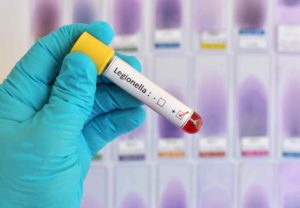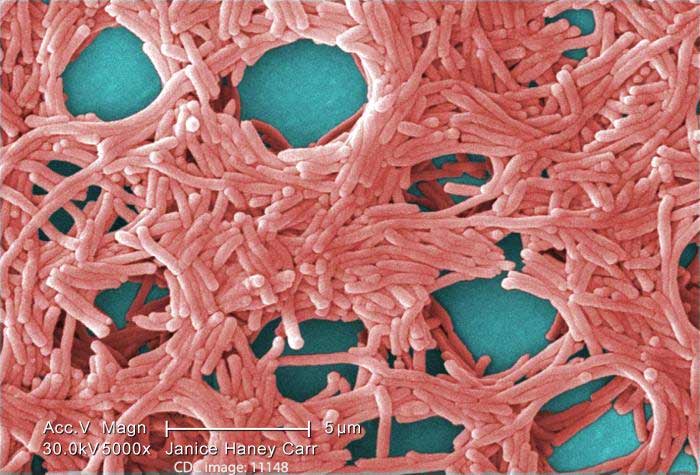Health officials may use whole genome sequencing (WGS) to see if two Legionnaires’ disease outbreaks at the same location in Albany, NY are linked. Legionnaires’ disease is a severe form of pneumonia that develops when water vapor contaminated with Legionella bacteria is inhaled.
Contact a Pritzker Hageman Legionnaires’ Disease Lawyer
The building, located at 1228 Western Ave., was a Best Western hotel when, between 2010 and 2012, 19 guests contracted Legionnaires’ disease after staying there. The hotel temporarily closed while the plumbing system was sanitized and some pipes and boilers were replaced. It reopened when water tests were negative for Legionella bacteria.
Years later, the building was converted to a 200-bed assisted living facility called the Promenade at University Place. In recent weeks, two Promenade residents developed legionellosis and one of them has passed away.
The Promenade has changed shower heads and put water restrictions in place. And it is working with the state health department on the best way to mitigate the contamination. Brad Hutton, the deputy commissioner of the Office of Public Health, told WYNT that they may use Whole Genome Sequencing (WGS) to identify the DNA “fingerprint” of the Legionella strain from both outbreaks to see if they are a match. Those results will be available in the coming weeks.
Legionnaires’ Hospitalization and Wrongful Death
Senior citizens are among those at heightened risk of contracting Legionnaires’ disease, which is completely preventable with a good water management plan. The Pritzker Hageman Legionnaires’ disease lawyers represent clients who have been sickened and families who have lost loved ones in Legionnaires’ disease wrongful death lawsuits.
To contact them for a free consultation call 1(888) 377-8900 (toll-free) or use the form below.
Related
Three Legionnaires’ Disease Deaths Linked to UW-Madison Hospital
Legionnaires’ Disease | Hospital Lawsuit
Legionnaires’ Disease from Hospital Water Supply
Can You Sue a Hospital for Legionnaires’ Disease?
